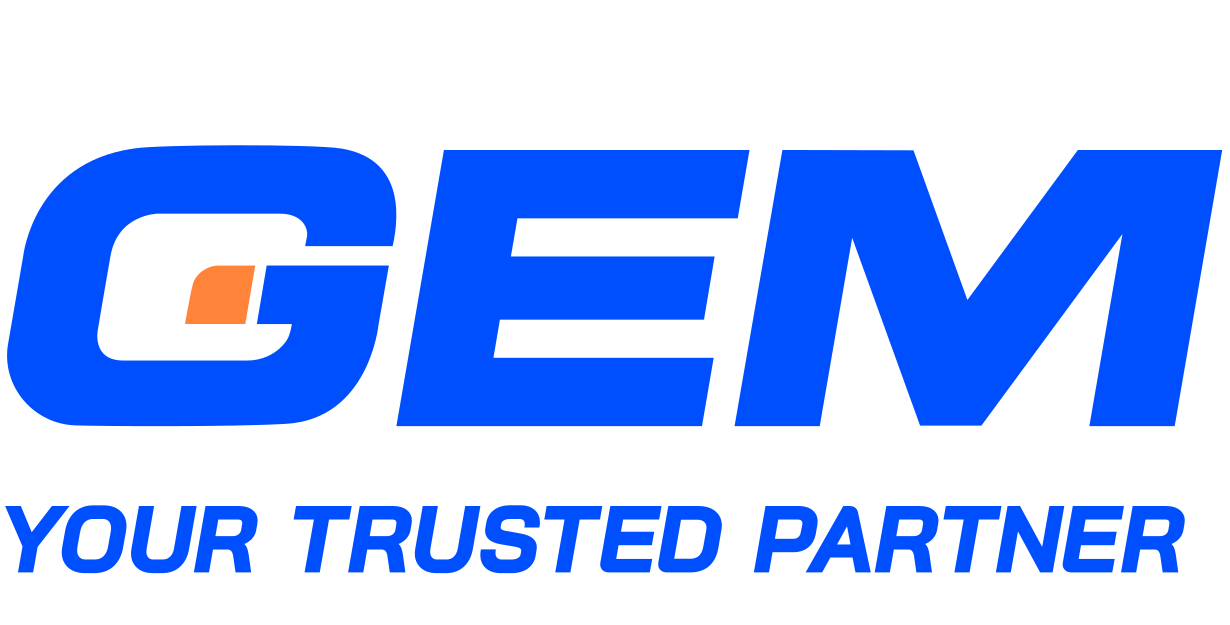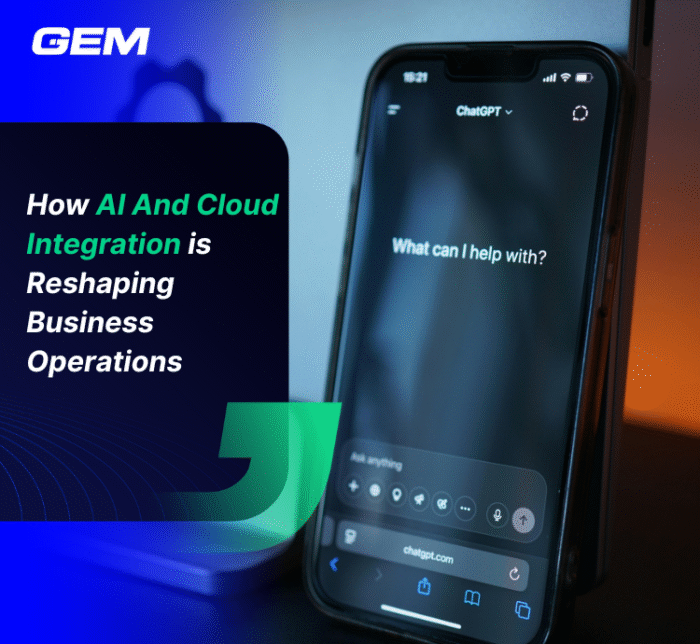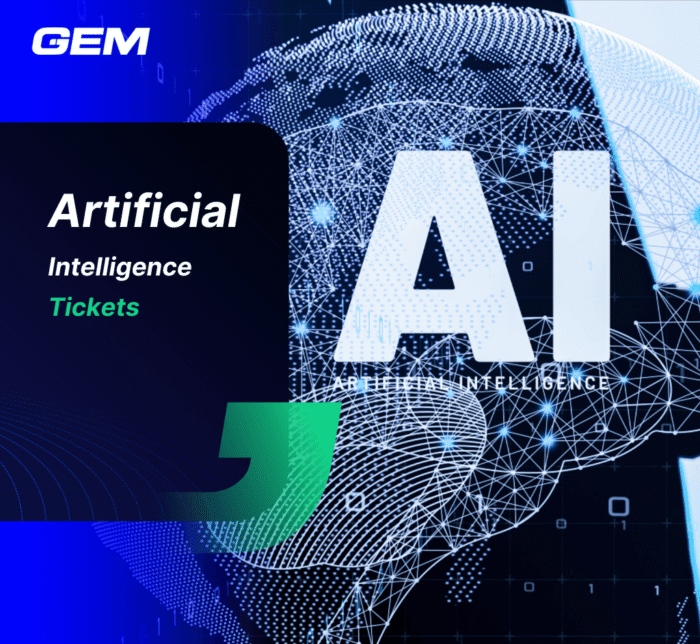Contents
Deep learning has opened up new opportunities for humans to work toward greater innovation and empowerment. The technology is now highly accessible to all those who need it, and its power is translated into practical benefits for businesses across industries.
I. Deep Learning – Why is it worthy of our attention?
1. About Deep Learning
Simply put, Deep Learning (DL) is a subfield of machine learning. Its algorithms are built as per the structure and function of the human brain.
Both ML and DL are subsets of artificial intelligence. However, DL is a smarter, more developed upgrade of ML. ML algorithms analyze, interpret data and make informed decisions based on what they have learned. Meanwhile, DL arranges the algorithms into layers to create an “artificial neural network,” which resembles the neurons in a human brain and is capable of making intelligent decisions on its own.
This brings us to a clear advantage that DL has over ML: the endless possibility of future improvement. As the neural network becomes larger and is trained with more data, their performance in solving complex classification problems of video, audio, image input, as well as natural language processing (NLP), will increase. Older machine learning techniques, conversely, will reach a plateau in performance.
![10 Deep Learning Applications to empower your business [2023 Updates] 1 a graph showing the extraordinary performance of deep learning as data input increases](https://gem-corp.tech/wp-content/uploads/2021/09/deep-learning.jpg)
2. DL is here to stay!
DL’s relevance to our future relies heavily on the fact that the world is l generating tremendous amounts of information. There is a growing need for a robust solution in large-scale data structuring, which translates the collected information into meaningful outputs.
Meanwhile, DL leverages available data to improve itself. The more thoroughly it analyzes datasets, the more errors and discrepancies will be eliminated, resulting in more reliable conclusions. Therefore, DL will continue to play a major role in driving innovation and development in our society.
II. What are the outstanding applications of DL for businesses?
DL has the tremendous potential of solving human problems and introducing positive changes into a company’s operations. Here are TEN ways DL are being used in business practice:
1. Computer vision
The field of computer vision focuses on training computer systems to interpret and act upon data that they “see.” First, they need to understand and make sense of visual inputs such as images and videos. Then, with human-provided contextual knowledge, they will convert this understanding into meaningful insights to facilitate decision-making. Common tasks of computer vision range from image classification, object detection, image segmentation to image restoration. During the training process, DL-based computer vision models are fed with massive datasets of well-labeled images to recognize the pixel-level features of the object and apply this knowledge to previously unseen images.
DL neural networks have introduced a super-human level of accuracy and efficiency into computer vision algorithms, enabling automation in various functions.
In manufacturing, computer vision will be useful in monitoring or predictive analytics. It can detect a potentially defective product from an assembly line or monitor a piece of machinery to forecast when it will need maintenance.
![10 Deep Learning Applications to empower your business [2023 Updates] 2 computer vision is applied to monitor manufacturing activities](https://gem-corp.tech/wp-content/uploads/2021/09/computer-vision.jpg)
Computer vision helping manufacturers monitor and improve production processes
In the retail industry, with DL-powered computer vision, the in-store experience is expected to soon catch up with E-commerce platforms. The technology can capture customers’ interaction with displayed items to study their behaviors and preferences, determining how much attention each shelf or product receives. This insight encourages retailers to reevaluate their sales approach and make proper changes to optimize the in-store experience.
Healthcare is another domain that benefits greatly from computer vision. Doctors and clinicians rely largely on image data, such as MR and CT scans, to analyze and monitor patients and conditions. The adoption of computer vision supports them in diagnosing patients and keeping track of a disease’s evolution to prescript suitable treatments. For example, in the Covid-19 pandemic, image segmentation helps health professionals identify and quantify the infection (in terms of size and volume).
![10 Deep Learning Applications to empower your business [2023 Updates] 3 tracking the infected area among Covid-19 patients using computer vision](https://gem-corp.tech/wp-content/uploads/2021/09/covid-19-tracking.png)
Additionally, it can be used to analyze other health and fitness metrics, such as measuring blood loss during surgeries. Care centers can also rely on computer vision for accurate fall detection of older people, which is crucial to reducing injuries or deaths.
2. Natural Language Processing (NLP)
Natural language is how humans communicate, namely voice and text. NLP is a collective term that refers to using software to manipulate this type of data. The most challenging feature of natural language is its messy, non-rule-based nature and how it always evolves. While humans are excellent learners and capable of perceiving nuanced expressions, we are not very good at turning our perception of languages into specific rules that computer systems can use.
DL techniques show a lot of potential in resolving NLP problems. DL-based models understand the meaning of words and phrases by observing how they are used in a paragraph. Instead of resorting to pre-identified contexts or human intervention to clarify, these models gain the knowledge of meaning, contexts, and relations from raw input. Thus, though they do require larger datasets, such models need less linguistic expertise to train.
With that said, DL-empowered NLP could leverage many operational activities across industries. For example, banks can assess the creditworthiness of clients who have little or no record of credit usage. This is especially useful in developing countries, where credit cards are still relatively new to the general public. People’s digital footprints, which refer to their activities on social media and the Internet, can be analyzed to generate a highly predictive credit score.
![10 Deep Learning Applications to empower your business [2023 Updates] 4 a graph showing how a credit-scoring system works](https://gem-corp.tech/wp-content/uploads/2021/09/nlp-scoring.jpg)
When combined with sentiment analysis, NLP can identify emotions such as annoyance, sadness, or satisfaction from a comment, article, or blog post. This allows brands to estimate how customers feel about them and adjust their sales or marketing strategies. For example, a Swiss company named Sentifi has employed NLP algorithms to execute social media analysis on influencers and find brand advocates. The solution implies revenue growth, which can be as high as 30% in the first 12 months of implementation.
3. Chatbots
Chatbots are solutions that automate business processes by replicating human interactions.
The most popular application of DL-powered chatbots is for customer support. DL-powered customer service systems are enhanced understanding questions and seeking the proper answer from a company’s database. Thus, they are better at handling data-extensive queries (payment status, order status, stock information, to name a few).
Furthermore, compared to traditional chatbots, DL-powered ones can identify sentiments within the inquiry and, thanks to NLP, can make human-like responses. This means chatbots can now deliver a secondary human interaction, which can be compatible with the one provided by human counterparts. They facilitate a self-serve journey in which customers receive quick, satisfying answers, and human staff will only be involved when a request is too challenging for machine capability. To this end, Fin-tech businesses expect that AI-based customer support will help save over $8 billion annually.
![10 Deep Learning Applications to empower your business [2023 Updates] 5 a graph showing the essential elements of a chatbot powered by AI](https://gem-corp.tech/wp-content/uploads/2021/09/chatbot.png)
Besides customer support, chatbots can take up various communication-related activities with other stakeholders, such as managing transactions with vendors or suppliers, generating invoices, handling refund requests, etc.
4. Translation
Translating models that are rule-based and rely on a given corpus have long been in use. However, a tremendous challenge for machine translation (MT) remains: the ambiguity and flexibility of human language. On the one hand, it hinders the correct comprehension of the original text in the source language. On the other hand, it affects how adequately the machine can express that meaning in the target language. In other words, translation adequacy and translation fluency are two aspects that need to be addressed. For so long, human translators have done a better job than many MT approaches like rule-based, statistical, and example-based.
However, these models are being replaced by newer technologies, with the most significant example being MT that functions on deep neural networks – or Neural Machine Translation (NMT). Typically, the network will have two components. The first one is an encoder that processes the input text, turning the words or word chunks into “word vectors” based on their contextual meaning from the training phase. The second one is a decoder that generates the output translation. The neural approach allows for the translation of information and context rather than separated words. Hence, NMT yields results that tend to have a higher level of grammatical accuracy and fluency.
![10 Deep Learning Applications to empower your business [2023 Updates] 6 a graph showing the mechanism of a translation solution powered by deep learning](https://gem-corp.tech/wp-content/uploads/2021/09/NLP-translation.png)
NMT’s advantage is even further proven by its ability to automatically detect the source language and perform speech-to-text, speech-to-speech, or even image-to-text translation.
5. Fraud Detection
For businesses, fraud detection is more than correctly picking up invalid transactions (which involve identity theft, stolen credit card, account takeover). It is equally important to avoid falsely labeling valid transactions as fraudulent (this can be quite common if the company uses traditional rule-based evaluating systems). Such false-positive results can seriously impact customer trust and business operation in general.
![10 Deep Learning Applications to empower your business [2023 Updates] 7 Comparing the performances of different prediction methods](https://gem-corp.tech/wp-content/uploads/2021/09/fraud-detection.png)
Using DL technology, companies can build well-tuned models that further categorize transactions to remove false positives, ensuring better outcome verification and performance monitoring. This marked enhancement reduces follow-up costs, helps save time, and increases customer confidence.
Before implementing DL, Danske Bank’s transaction monitoring system picked up 1,200 false positives daily. Though some of these transactions can be resolved by an investigator in a minute or two, others call for detailed evaluation, such as checking the amount of the payment or the merchant. Sometimes, the investigator may even have to call the customers. That is a lot of time being wasted. With machine learning, the rate of false positives was reduced to 35%, while the detection of actual frauds also grew. When deep learning was applied, there was an impressive 60% reduction in false positives and an improvement of 50-ish% in detecting actual frauds.
6. News aggregation
News aggregation is the process of customizing news and display specific, more favorable items to readers. With DL, aggregators are enhanced in terms of sophistication. They can define reader personas based on their preferences, geographical, socio-economic traits. These functions are made possible with advanced NLP and analytics that help understand user taste.
![10 Deep Learning Applications to empower your business [2023 Updates] 8 a diagram showing the working mechanism of news aggregating solutions](https://gem-corp.tech/wp-content/uploads/2021/09/news-aggregation.png)
A Chinese-based news aggregator app employs an algorithm known as “Collaborative Filtering,” which groups users with similar tastes into close clusters after picking up behavioral signals like clicking, writing comments, and sharing. The preferences of neighboring users may affect how different topics and articles are displayed to someone. The algorithm also bases its decisions on the user’s location and phone model to infer their spending power.
7. Personalized customer experience and engagement
Personalization represents a company’s thorough understanding of its customers and the ability to provide services that suit their needs. It is appreciated by a majority of clients:
- 90% consider personalization in marketing to be “somewhat” or “very” appealing
- 80% of them are more likely to buy products from a brand that delivers personalized experiences
- 72% say they will only engage with personalized messaging
DL algorithms carry out the necessary analytics for this transformation toward personalization in a time-efficient and accurate manner. Features of customers and products, together with customer-product interactions, are analyzed in one modeling process. These valuable details are picked up from both structured and unstructured data (e.g., written descriptions), creating a more well-rounded perception. It is also noteworthy that a DL model generates results at a greater speed, possibly 40% faster, since it requires less engineering and data preparation. Therefore, DL actively facilitates the process of improvising and formulating strategies.
For example, the sales team of a banking business can use DL-powered advanced analytics to generate a user-friendly dashboard. The dashboard provides comprehensive customer insights, estimates individual potential, predicts sales opportunities, and displays recommended strategies.
![10 Deep Learning Applications to empower your business [2023 Updates] 9 a dashboard that ranks clients based on how much potential they have](https://gem-corp.tech/wp-content/uploads/2021/09/personalisation.png)
8. Predictive analytics
One company’s substantial thriving requires factorized data that points to new opportunities, such as a possible future spike in demand or an opportunity to gain higher margins. DL neural networks can process large volumes of demographic data and determine hidden market potential, mapping greatly detailed growth plans.
![10 Deep Learning Applications to empower your business [2023 Updates] 10 a graph showing different steps of a predictive analytics process](https://gem-corp.tech/wp-content/uploads/2021/09/predictive-analysis.png.gif)
A telco company may rely on DL to study statistics about dropped calls (caused by weak signals) to visualize future tower expansion sites. Energy businesses may leverage DL to combine data on weather, location, and demographic characteristics to choose new neighborhoods for the installation of solar panels or wind turbines. Companies in the banking industry may employ DL to study potential expansion areas and predict the optimal locations for new branches.
9. Cybersecurity
The term “cybersecurity” means protecting the hardware, software, and datasets in a system connected to the Internet from external attacks. These attacks may lead to the modification or unauthorized access to confidential information, money being stolen from users and disruptions to business operations. Creating effective defensive strategies is challenging due to the vast number of devices connected to a network and the increasingly advanced methods that hackers use.
DL-driven cyber defenses can detect threats (intrusion, malware, spam, phishing, etc.) early, look for network vulnerabilities, and automatically respond in the case of an attack. For example, combined with NLP, a DL-driven monitoring tool can detect any email containing features that indicate threats. The recipient will be warned about viruses, malware, and phishing efforts before opening the email.
![10 Deep Learning Applications to empower your business [2023 Updates] 11 a graph showing the different phases of designing a predictive cybersecurity system](https://gem-corp.tech/wp-content/uploads/2021/09/cyber-security.png)
10. Recruiting and Hiring
DL solutions have shown great potential in speeding up the process of talent sourcing and recruitment and making it more efficient.
DL offers assistance in various recruitment-related functions such as: automating mundane tasks (e.g., reviewing resumes and application forms), pre-screening and identifying top candidates, responding to questions regarding positions or job descriptions.
For instance, in 2016, a company integrated a chatbot directly into its applicant tracking system. Using NLP and a DL framework, the chatbot converses with candidates, asking follow-up questions to better understand their experience and expertise and determine whether they meet the requirements.
Additionally, it can assign scores to applicants by looking over their resumes and schedule job interviews. For a sample size of more than 40,000 candidates, this chatbot is reported to have reduced the time spent on hiring by 70%.
![10 Deep Learning Applications to empower your business [2023 Updates] 12 a screenshot of a HR chatbot powered by deep learning](https://gem-corp.tech/wp-content/uploads/2021/09/HR-and-recruit.png)
Closing thoughts
DL is creating impressive achievements in almost every domain by making sense of voluminous databases, resolving problems, and transforming how businesses are run. For that reason, in this era, adopting a DL-centric approach in their strategies promises to help companies realize their ambitions and achieve long-term success.
Are you looking for a Deep Learning expert?
1. GEM Corporation is an IT Outsourcing company experienced with developing AI solutions. We have worked on developing NLP and OCR solutions for top industrial corporations in Japan; specialized in deploying chatbots, text and image processors, recommendation systems. We are also partnering with Vietnam National University’s AI Laboratory on scientific research and talent training.
2. Our domain expertise includes Logistics, Telecommunications, Finance, Banking and Insurance, Retails, Manufacturing, and so on.
3. We have more than 7 years of experience. Our offices are based in Hanoi, Vietnam and Tokyo, Japan.
4. We have successfully built more than 100 successful projects for our clients in the US, UK, Europe, Japan, Korea, Singapore, and many more.
5. Let us know how we can help you build your next AI solution. Contact us now and get a demo for your project.






